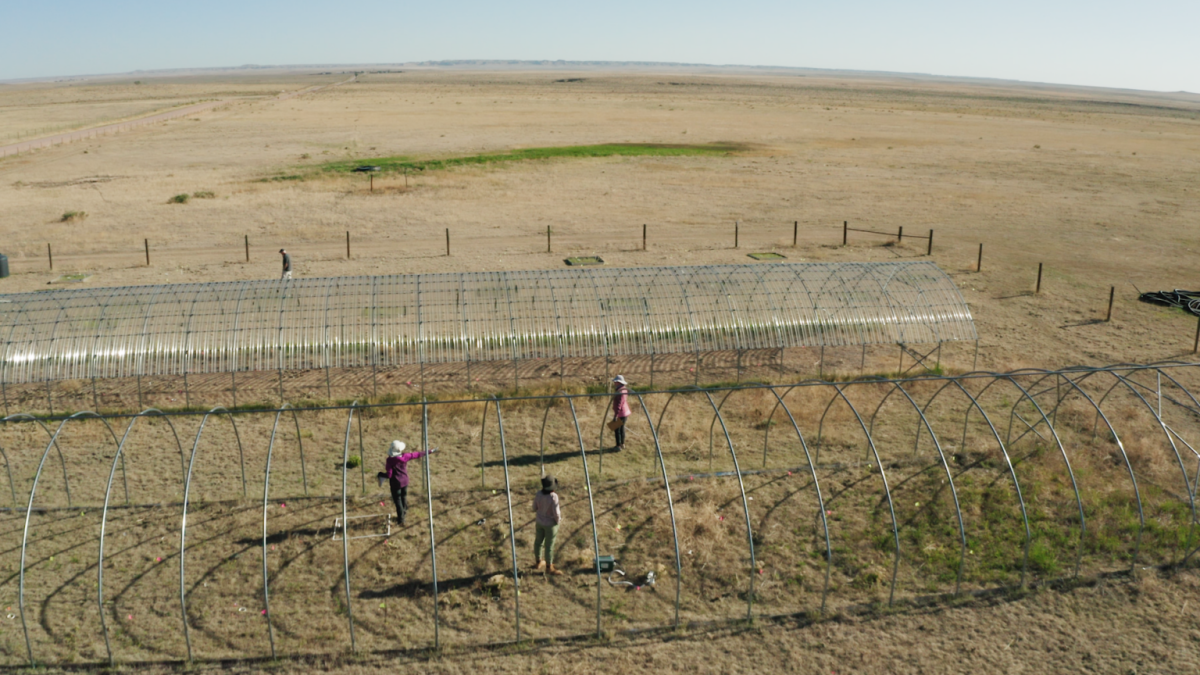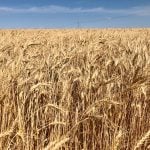(Resource News International) — The record amount of acres planted to soybeans in Ontario this spring will not translate into record production due to adverse weather conditions, according to an official with the Ontario provincial government.
“We still have another four to six weeks until the soybean harvest begins, and we’ve had a pretty tough growing season, including too much rain and not enough sunshine,” said Horst Bohner, a soybean specialist for the Ontario Ministry of Agriculture and Food, and Rural Affairs at Stratford.
Read Also

Prolonged drought causes unprecedented productivity loss: Study
Colorado State University — Extreme, prolonged drought conditions in grasslands and shrublands would greatly limit the long-term health of crucial…
There are areas within the province where the soybean crop looks terrific, but there are also areas where the crop is looking especially poor due to excess moisture, he said.
“If I had to make a prediction, I would say we are going to see yield output drop below the five-year average by a fair bit to around the mid- to high-30-bushel an acre range,” Bohner said. The average soybean yield in Ontario currently sits at around 40.6 bushels an acre.
The area planted to soybeans in Ontario during the spring of 2009 totalled a record 2.4 million acres. In 2008, 2.1 million acres of soybeans were planted in the province. The previous record was established in 2004, when 2.3 million acres of soybeans were planted.
“Ontario will need to have a longer-than-average fall in order to pull this soybean crop off without any kind of frost damage,” Bohner said. “We remain fairly optimistic about the soybean crop, but it certainly is not going to be a bin-buster.”
How the soybean crop turns out will depend what happens, weather-wise, over the next four weeks, he said.
Bohner also noted some of the yield potential for soybeans has been hurt by aphid infestations.
Aphids started off as a problem only in select areas of the province, but later spread to include a number of eastern soybean-growing regions, Bohner said. The aphids have also become a problem for crops in at least 50 per cent of the south-central region of Ontario and parts of the southwest.















